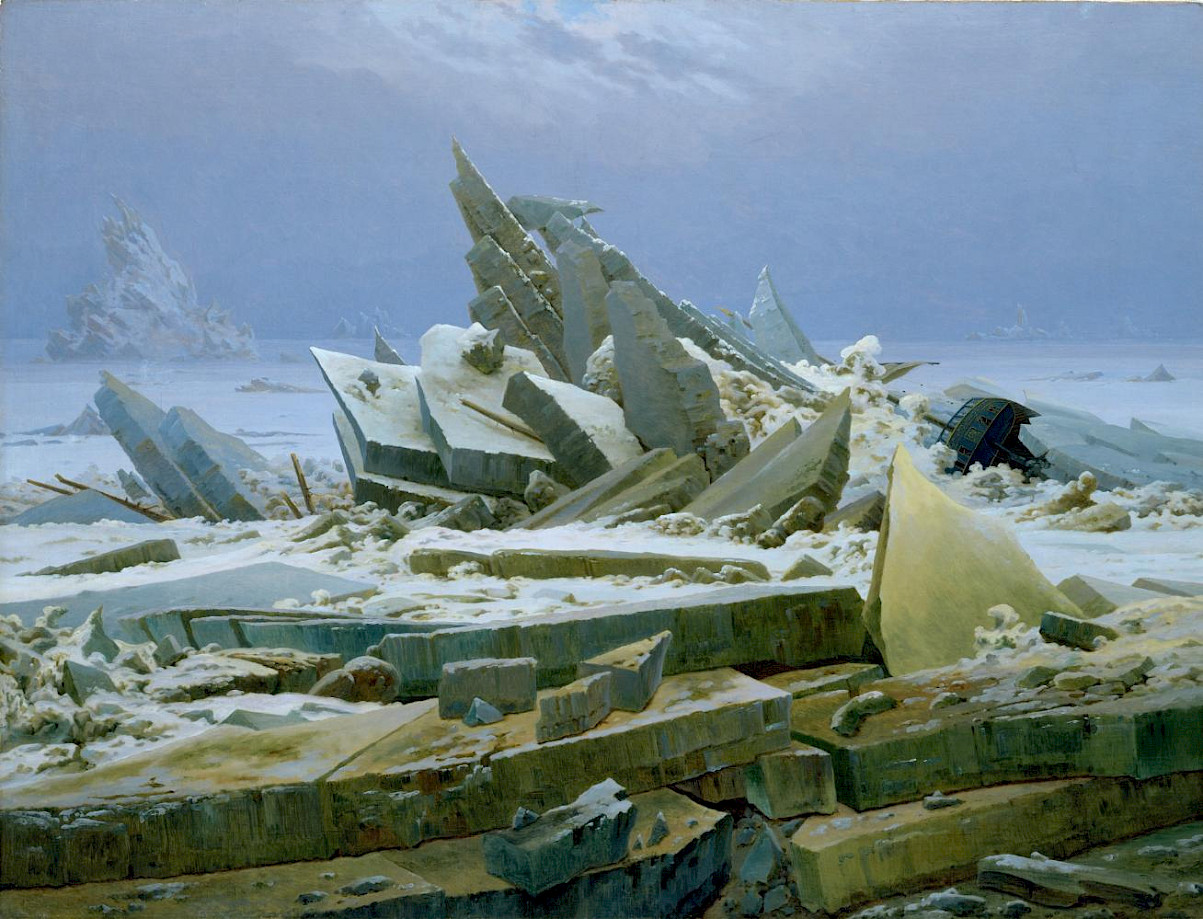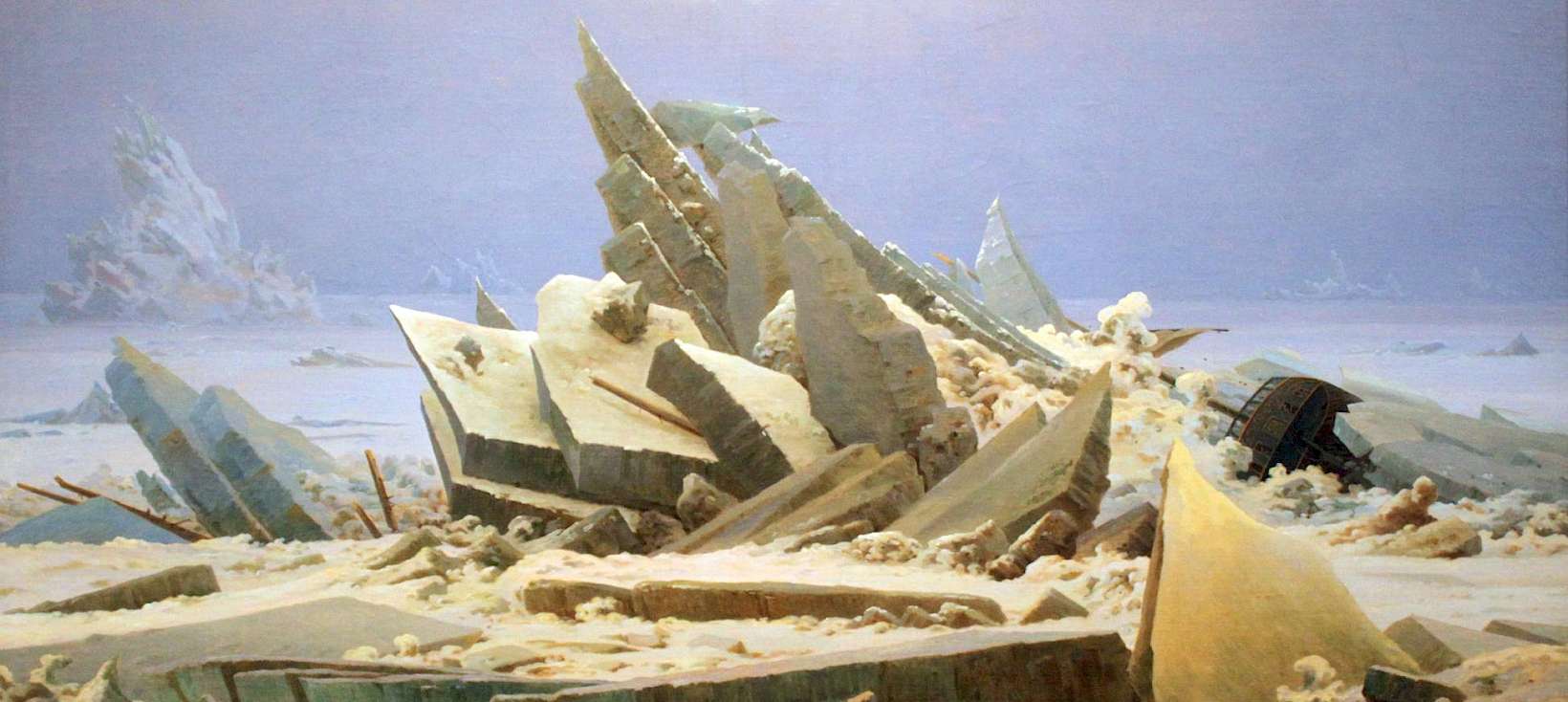The Arctic Region
The Arctic is a polar region at the north of the Earth. It includes territory that is part of the following countries: the United States, Canada, Denmark, Sweden, Iceland, Finland, Norway, and Russia. The Arctic is a cold environment which features snow and ice cover, permafrost, sea ice, glaciers. The average winter temperature in the Arctic is −40° C
People in the Arctic
The Arctic is home to around 4 million people. Of those, there are around 400,000 Indigenous people living in the Arctic today. Indigenous people are the descendants of the original inhabitants of the region. These include the Inuit, Chukchi, Yupik, Sami, Evenks, Yakuts, Aleut, Nenets, and other groups.
Arctic Life
Indigenous people, such as the Inuit, had already adapted their ways of living to suit the cold environment of the Arctic. The Inuit understood the interdependence of the climate, soil, plants, animals, and people living in the Arctic. They built seasonal winter and summer houses, and they studied snow patterns and ice flows to help navigate. The Inuit trained dogs to pull sledges and hunt, and they made fur clothing to keep warm. European explorers relied on Indigenous people in order to navigate and survive in the Arctic.

Arctic Empires
European countries colonised the Arctic from around 1600 onwards. They wanted to extract valuable resources from the Arctic, including: fur, fish, whale blubber, coal, and other minerals. Europeans also wanted to find a northern sailing route between the Atlantic and Pacific Oceans, known as the 'Northwest Passage'.
Arctic Development
Today, the Arctic is seen as a development opportunity. European and North American countries still want to extract resources from the Arctic. However, the Arctic is also under threat from climate change and overdevelopment. Indigenous people are rarely properly consulted on development, and they rarely benefit from development.
Indigenous Knowledge
Today, Indigenous people continue to play a significant role in contributing to our understanding of the Arctic. They monitor and record the effects of climate change and development on the Arctic. They also propose alternative solutions, based on traditional Indigenous knowledge, to climate change and development. Yet Indigenous contributions are not always properly acknowledged or valued.



